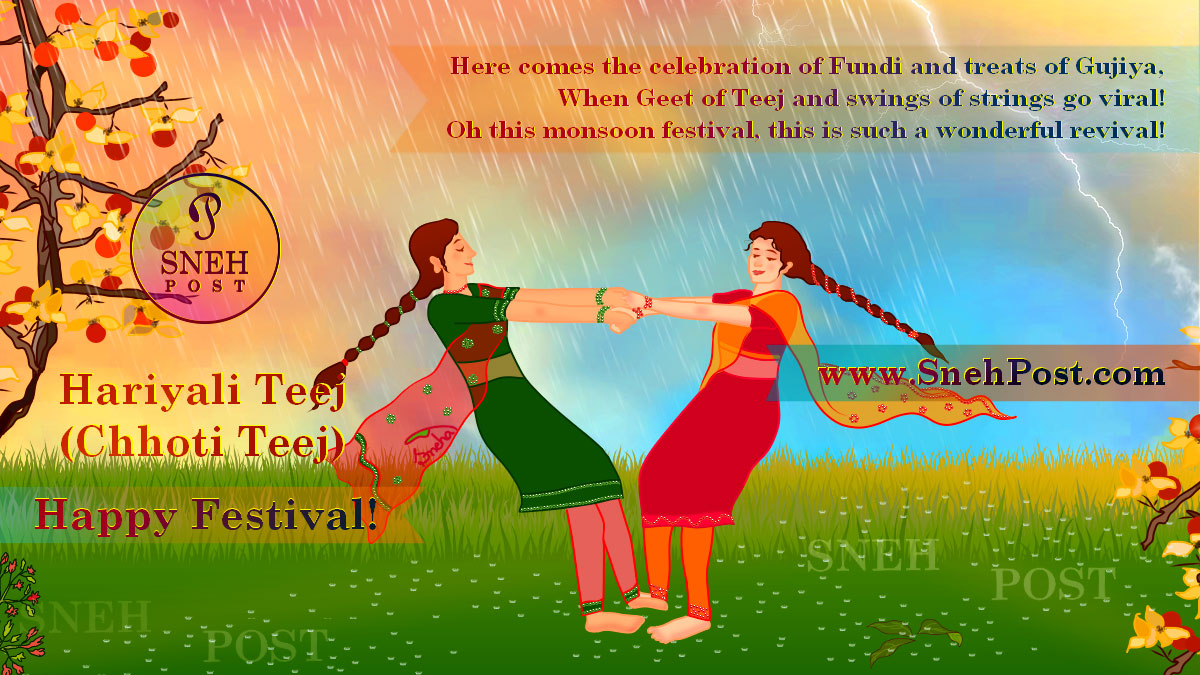
Makar Sankranti is the most popular Sankranti among all the 12 Sankranti(s) which is dedicated to the Hindu deity Surya (Sun). People not only signify this as the day of performing the righteous deeds but also celebrate it as the festival of kites. The roofs of the homes witness special excitement among the kite-lovers who can be found flying kites with great happiness. Even the sky is seen studded of colorful kites who as if take their flight to explore new heights. Well, how can one forget those “Til Ke Laddu” who are specially made as prime sweet-dish of the festival!


























